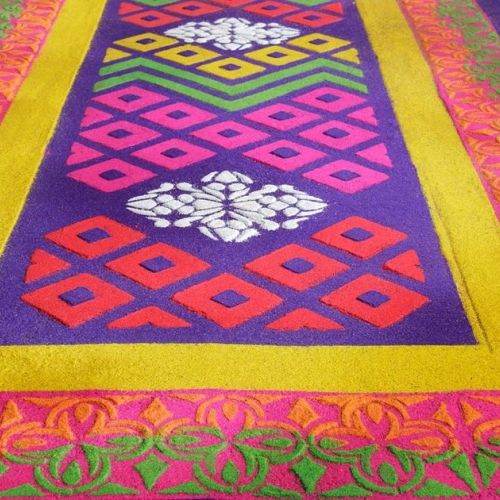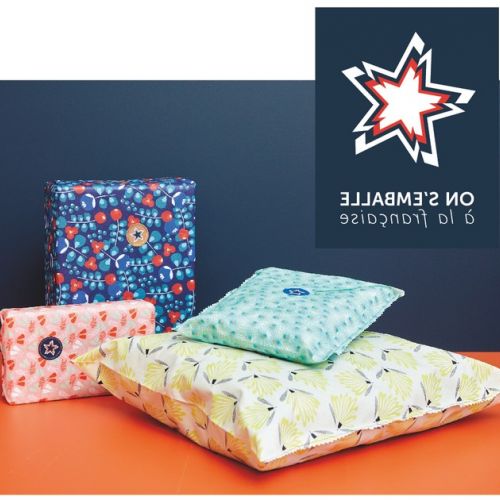Easter: How To Choose Your Chocolates Wisely?
Chocolate is one of the favorite products of the French, who consume an average of more than 6 kg per year per inhabitant! Easter and Christmas are two peak times for chocolate sales and two highly anticipated times of the year for young and old gourmets. But do you know the criteria to check when buying your Easter bunnies and eggs? Here's a handy guide to choosing your Easter chocolates wisely.
Check the cocoa content.
French people are the 10th biggest consumers of chocolate in the world, after the Swiss, Austrians and Germans.
But they stand out from their European neighbors especially for their preference for dark chocolate. Dark chocolate accounts for 30% of adult consumption in France, compared to an average of 5% in the rest of Europe.
In France, it is the decree of July 13, 1976 that defines the composition of chocolate-based products. This decree distinguishes between chocolate and milk chocolate, white chocolate, filled chocolate and chocolate candy.
Chocolate candies are the only products for which the cocoa content does not have to appear on the labeling. For all other products, "X% minimum cocoa" must be mentioned.
Only chocolates with a cocoa content higher than 43% can be called dark chocolate. The first criterion to check when choosing Easter chocolates is therefore the cocoa content of the product.
Beware of vegetable fats.
Another important criterion for recognizing high-quality Easter chocolates is the mention of "pure cocoa butter chocolate" or "traditional chocolate". In France, only products that do not contain any vegetable fat such as palm oil or shea butter can be marketed under these names.
These higher quality chocolates are exclusively made up of cocoa, cocoa butter, sugar, and possibly milk and ingredients that add flavor such as orange peel, praline, coffee, or dried fruit...
On the other hand, chocolates that contain added fats such as illipe, palm oil, sal, shea, kokum gurgi, mango kernels are cheaper but of lesser quality. European regulations require that the label states "contains vegetable fats in addition to cocoa butter". So, keep your eyes open!
"Choose sustainable and eco-friendly supply chains."
In France, chocolatiers are very committed to producing Easter chocolates without vegetable fats. Moreover, to meet consumers' demand, more and more artisans have started to develop sustainable and eco-friendly supply chains.
If you are looking for organic and/or fair trade chocolates, rely on the AB and FairTrade Max Havelaar labels! These labels guarantee that your chocolate has been produced according to fair trade and/or organic farming criteria, with respect for the environment and small producers.
You can indulge without guilt because this mode of production ensures good working conditions and fair remuneration for producers and allows the financing of collective projects.
Now that you know how to choose your Easter chocolates well, all you have to do is organize an egg hunt and enjoy chocolate treats!





